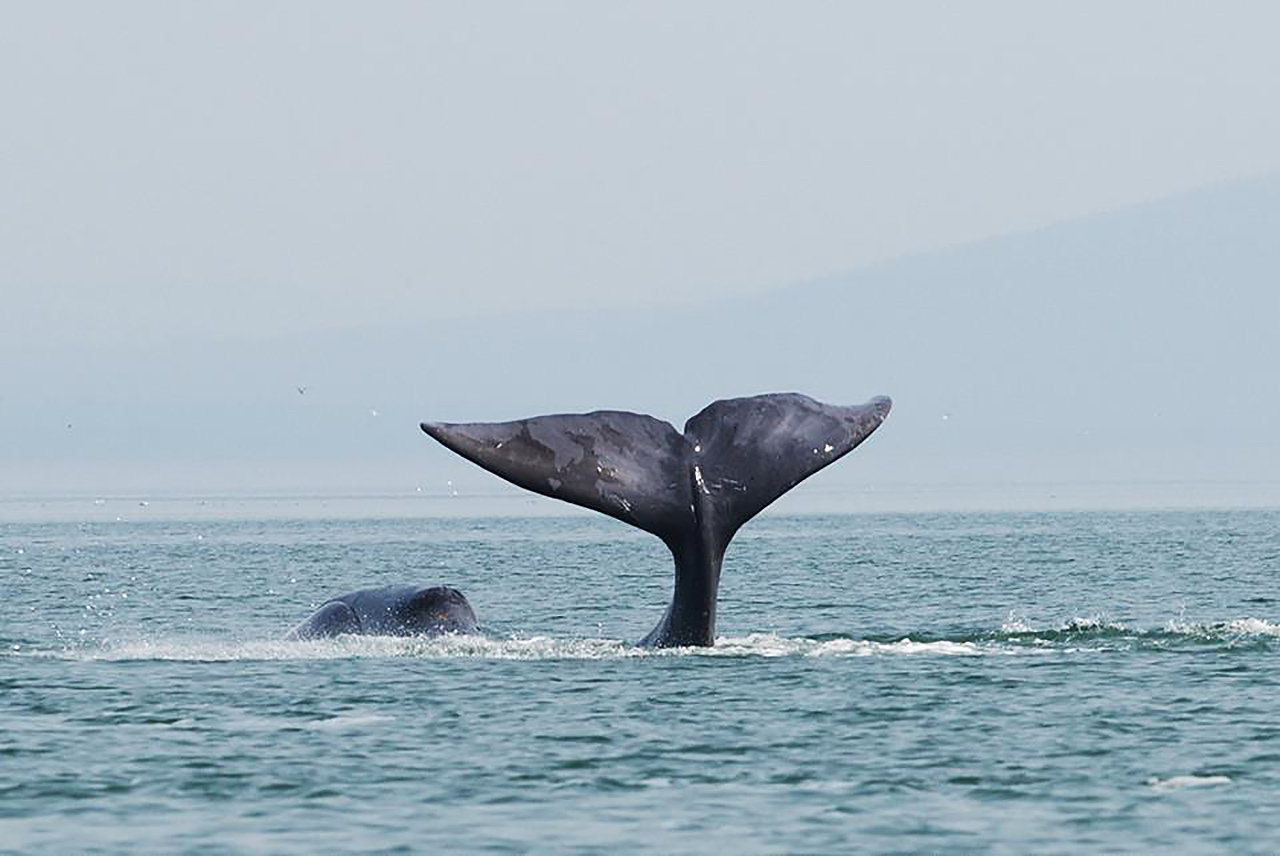
Ever wonder why mammals’ lifespans vary so widely? They range from two or three years in mice to 60 years in captive gorillas and chimpanzees, 90–100 years for humans and elephants, and a whopping 180–200 years for bowhead whales, the mammalian Methuselahs.
New work by a pair of University of Minnesota and SUNY Polytechnic Institute (Utica, NY) researchers indicates that a species’ lifespan may depend on how well it maintains the regions of DNA that act like on/off switches for critical genes. Each switch—also called a promoter—sits next to the gene it controls and ensures that the gene functions properly.
Using large genetic databases, the researchers compared 25,000 switches for genes common to 131 mammalian species, including humans and other primates. Four percent of the switches displayed an astonishingly clear pattern: The longer a mammal’s lifespan, the more strongly these switches exhibited a particular feature of DNA that helps it resist wear and tear.
Evidently, for mammals to lengthen their lifespans, these switches must evolve enough staying power to keep the genes under their control working in proper “business as usual” mode for longer.
"We have identified a set of genes that underlies how we age, but it's how these genes are turned on and off that's important, rather than how [well] these genes make proteins," said the U of M's Christopher Faulk, Ph.D., an assistant professor of animal science in the College of Food, Agricultural, and Natural Resource Sciences and senior author of the study. "The future application of our work is to target these genes to better maintain the proper control of them as we age.”
The study is published in the journal Aging.
Genetic Spare Parts
The switches contain all four DNA bases—abbreviated A, T, C, and G. But their critical feature is the number of “CpG sites,” where C and G occur next to each other in that order.
CpG sites are targets for modification by a process called methylation. If enough of a switch’s CpG sites become methylated, the switch can no longer turn on the gene under its control and the gene is silenced for good.
The researchers discovered that with few exceptions, the longer a species’ lifespan, the greater the density of CpG sites in the aforementioned four percent of switches (987 total). Thus, longer lifespans mean more “spare” CpG sites to absorb methylations, which are akin to mutations, leaving enough intact CpG sites for the switches to survive and control their genes for longer.
Gum in a Lock
Our genes work hard for us, but few work 24/7. For example, genes for digestive enzymes must become active in response to food entering the stomach and be turned off when their work is done.
When a gene is needed, a signal molecule arrives at the gene's switch and fits itself onto the switch as a key fits a lock. This event turns on the gene by allowing the molecular machinery that "reads" genes to gain access to it.
But methylating a CpG site in a switch is like sticking gum in a lock. Add enough pieces of gum, and eventually neither key, lock, nor gene will work.
For short-lived species like mice, that’s no problem.
"A mouse doesn’t need a lot of CpG sites," Faulk explained. “If all the switches get heavily methylated and send the mouse into decline at age two, it’s okay because it's going to get eaten by an owl anyway. So there's no evolutionary advantage to having more sites."
A Few Will Do
Because so few of the switches—and the genes they control—were linked to lifespan, this is evidence that only a few key genes are necessary for long life and so need the protection of hardy, CpG-rich switches.
Faulk compares the situation to a car, which can run even if not all its parts do.
"A car doesn't break down because a fender breaks," he says. "And in humans, losing hair with age is not fatal, but losing a gene for DNA repair could be."
Faulk looks forward to learning how genes identified in the study contribute to longevity. He also hopes to discover whether traits besides longevity correlate with high CpG density; if so, the switches for those traits might become targets for medical interventions to improve or maintain health.
Photo credit: Olga Shpak, licensed under Creative Commons SA 3.0